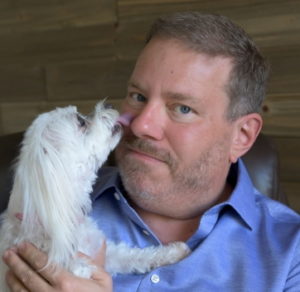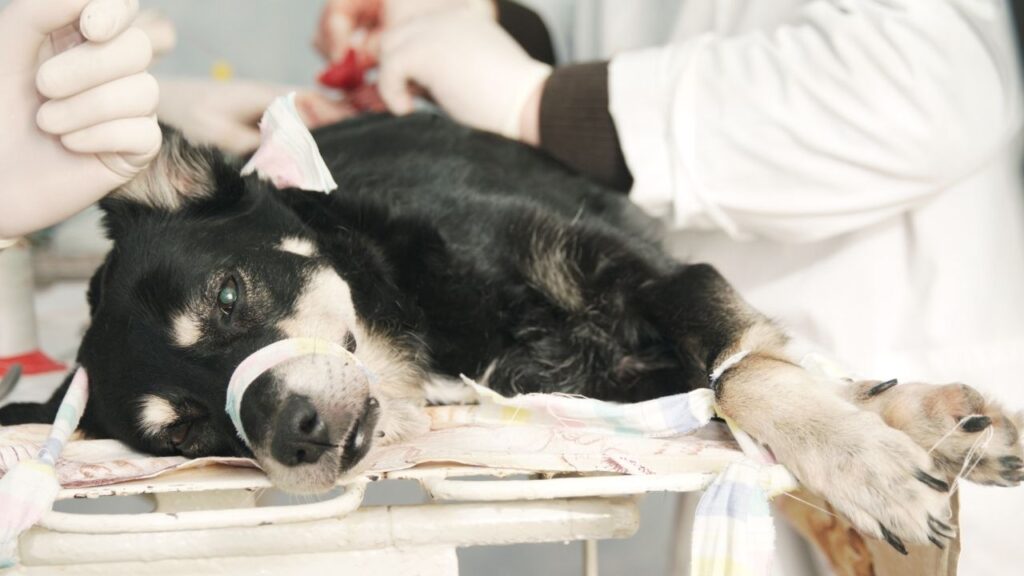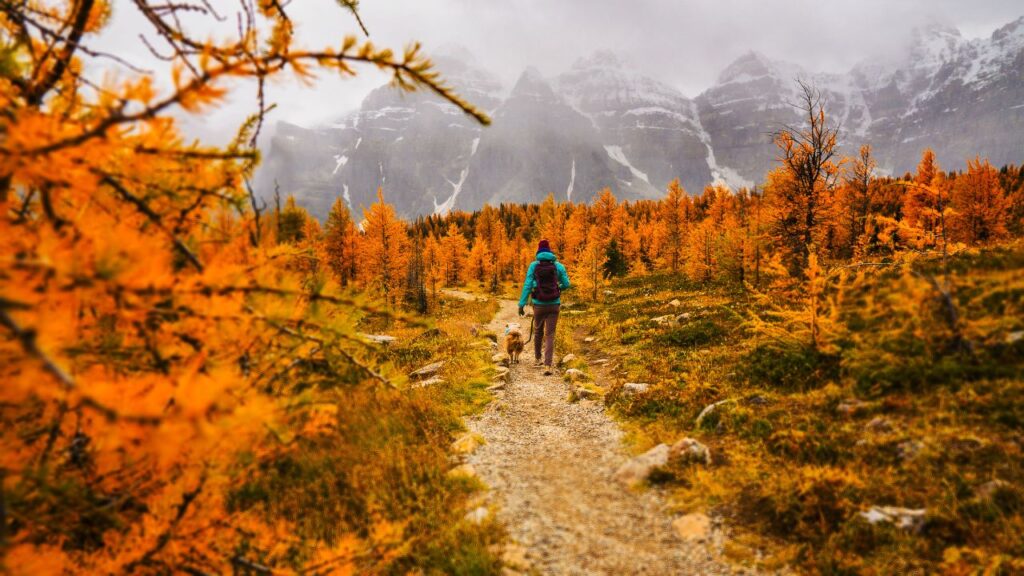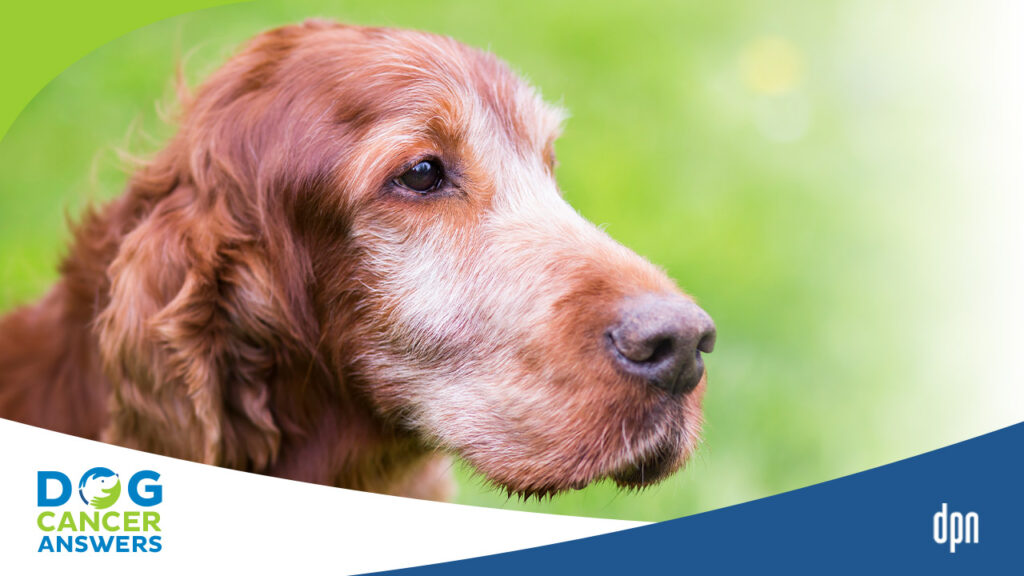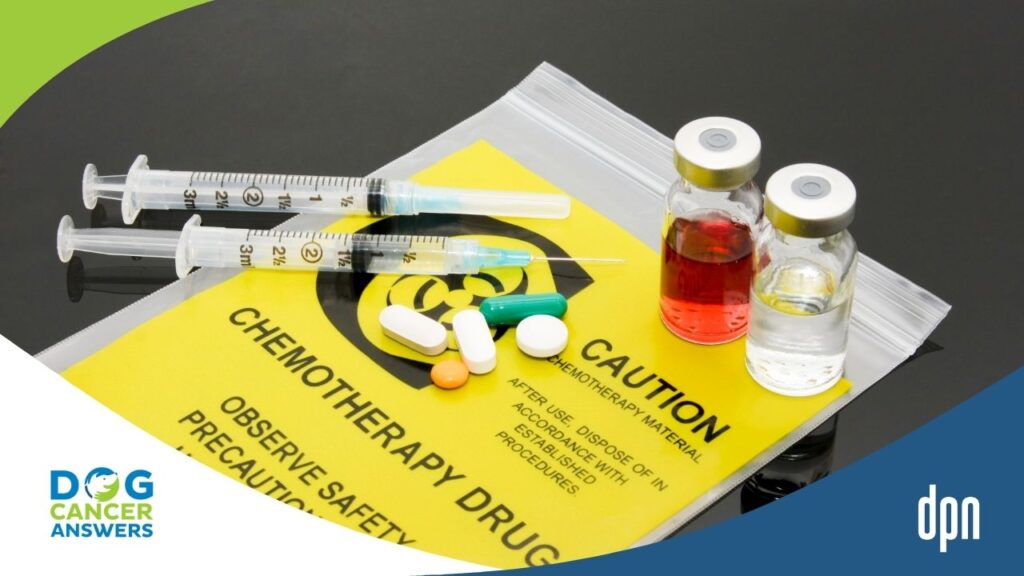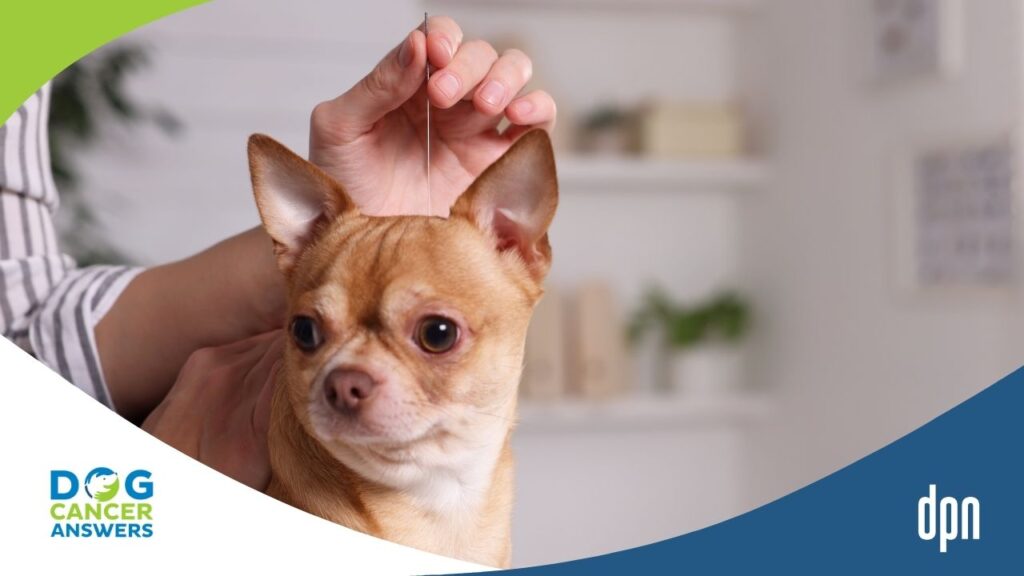EPISODE 250 | RELEASED July 22, 2024
Dog Surgery Pre-Op Checklist for Dog Owners | Kate Basedow, LVT
What you do in the days and weeks before surgery can help your dog sail through!
SHOW NOTES
Host James Jacobson is joined by Kate Basedow, a seasoned veterinary technician with extensive experience in preparing dogs for surgery. Kate shares essential tips on how to ensure the best possible outcome on your dog’s big day. Whether you’re facing a routine procedure or a complex operation, Kate’s insights will help you feel more confident and prepared.
This is part one of a three-part series on canine surgery.
Key Points Covered:
- Importance and benefits of pre-anesthetic blood work.
- Tips on preparing your dog for surgery, including bathing and purchasing protective gear.
- Understanding cost estimates and the financial aspects of surgery.
- Asking about drop-off times and potential overnight stays.
- Medications and feeding instructions before surgery.
- Discussion on DNR (Do Not Resuscitate) forms and their implications.
- How to avoid common pitfalls and ensure a smooth surgery process for your dog.
Join our Facebook support group at https://www.dogcancer.com/support
Your Voice Matters!
If you have a question for our team, or if you want to share your own hopeful dog cancer story, we want to hear from you! Go to https://www.dogcancer.com/ask to submit your question or story, or call our Listener Line at +1 808-868-3200 to leave a question.
>> Molly Jacobson: What you do at home before your dog has surgery can make the day go smoother, make it easier on your dog, and even get better outcomes.
>> Announcer: Welcome to Dog Cancer Answers, where we help you help your dog with cancer.
>> Molly Jacobson: Hello listener, I’m Molly Jacobson, Editor in Chief at DogCancer.com, where over 40 veterinarians, veterinary oncologists, cancer researchers and science writers like me, pull together to bring you better information today, so you have no regrets tomorrow.
Today is the start of a three part series on surgery and what you can do at home to help your dog before, during, and after. So on today’s show, we’ll talk about the many things you can and probably should do beforehand if you’re able and time allows. And then in the next show in this surgery series, we’ll cover what you can do on the day of surgery to help your dog sail through the experience as much as possible.
And finally, in the third show, we’ll talk about how to care for your dog after surgery. To get you all the best and most helpful tips, our intrepid host, James Jacobson, founder of Dog Podcast Network, is joined by Kate Basedow. Kate’s been helping her veterinarian mom on their hobby farm since she was a toddler, and now she’s a seasoned, licensed veterinary technician.
Kate has absolutely invaluable insights on how to prepare your dog, and yourself, for your dog’s surgery. And now let’s get to the conversation between James Jacobson and Kate Basedow.
>> James Jacobson: Kate, first of all, welcome.
>> Kate Basedow: Thank you. Happy to be here.
>> James Jacobson: It’s great to have you. So let’s just credentialize you. You’ve been doing this for a while. This isn’t just something new for you.
>> Kate Basedow: Yep. I grew up on a hobby farm with lots of animals and a veterinarian mother. So I was helping with vaccinations and deworming the sheep and basic care right from the get go. We did put staples in one of my dog’s faces when I was probably 15, after she picked a fight with a muskrat and lost.
>> James Jacobson: Wow.
>> Kate Basedow: And I have a bachelor’s degree in English and then came back to my science side to get the veterinary technology degree. and worked in small animal practice for about four years.
>> James Jacobson: Wow. Okay. So you know a thing or two and you’ve talked to hundreds, thousands of clients about surgery over the years, I would think.
>> Kate Basedow: Definitely hundreds. Thousands might be a little high.
>> James Jacobson: Okay. Somewhere in that range. So what are some of your tips and suggestions on how people can prepare for the best outcome?
>> Kate Basedow: One of the best things to do is pre-anesthetic blood work. Blood work can be expensive. Smaller panel will range from about $50 to a hudred. Some of the larger, more comprehensive panels could easily run a couple hundred dollars. Sometimes it can be like, well, my dog’s young and healthy and everything’s fine. I don’t really want to spend this money, but it’s nice to have that information because when your dog does go under anesthesia, the anesthesia drugs are processed by the liver and kidneys.
So if we can do that blood work ahead of time and know if there’s any problems with the liver or the kidneys, the veterinary team can change up their drug protocols to make it a little easier on your dog, or they can start giving IV fluids earlier instead of just running them while the dog is under anesthesia to help with hydration to support the kidneys.
>> James Jacobson: And there could be some big risks, right, if you don’t, I mean, you could have an otherwise healthy looking dog, but he could have some underlying issues that would make the anesthesia dangerous. So knowing this ahead of time is really important.
>> Kate Basedow: Oh yeah, both the liver and the kidneys put on a good show. They try to keep working. You don’t start seeing clinical signs of kidney failure until 75% of the kidneys are gone and not salvageable anymore. So doing blood work ahead of time to say, okay, the liver and, and, or the kidneys are looking a little funky, can help with making decisions like, should we just change up our drug protocol or should we postpone this procedure and get the dog started on some sort of liver support or kidney support medication to address the problem and then come back to surgery.
>> James Jacobson: This is something obviously can be done in the vet’s office, but how long do they get the results?
>> Kate Basedow: It depends. Most veterinary hospitals can do at least some blood work in house. Some of the more involved tests you’ll have to send out to a lab. Depending on the lab, you could get results as early as the next morning, or it might take a couple days, and some of the tests require additional procedures and preparation of the blood samples, which can make it take a little longer. But if it’s a test that’s being run in house, your veterinary team can do it right then and there, and usually you have results within half an hour.
>> James Jacobson: Okay, and so it’s well worth the investment. You say about 50, $100 or something like that?
>> Kate Basedow: Yeah, and um, you can do it ahead of time at like a checkup appointment or often just a technician appointment where you just bring your dog in, they draw the blood and run it, you head on your merry way and then they call with the results later, or you can plan on doing the pre-op blood work the day of the surgery. Most veterinarians will let you do the blood work up to a month in advance. If your dog is having some problems and definitely for cancer patients, they’re probably going to want the blood work to be a little closer to surgery just to make sure that the information is as accurate as possible.
>> James Jacobson: That’s a great tip. Okay. What else do you recommend in terms of preparing for surgery?
>> Kate Basedow: If you’ve got a furry dog or a dog who likes to get dirty, give them a bath before surgery. This is something that people a lot of times don’t think about because you’re just focused on the procedure and you’re worried about that. And then your dog comes home and the technician is telling you that they can’t have a bath for the next two weeks and you’re like, Oh my God, I’m stuck with this stinky dog for two weeks.
>> James Jacobson: That sounds like a hard learned lesson.
>> Kate Basedow: Thankfully, I haven’t had to deal with that, but I’ve definitely had clients look at me like, What do you mean I can’t give them a bath?
>> James Jacobson: I thought we would do it after the surgery. That’s a great tip, Kate.
>> Kate Basedow: Yeah. And another thing is to buy a cone or an Elizabethan collar, the cone of shame, or a bodysuit intended to protect the incision ahead of time so that you know you have something in hand that can protect your dog’s incision after the surgery and you know it already fits well.
>> James Jacobson: And do you want to, like, get the dog at all used to it? Or, like, introduce it? Or is it a surprise when you, after the surgery?
>> Kate Basedow: Acclamation beforehand would definitely be the kinder thing. Get out your treats, have them wear the cone a little bit, or put the bodysuit on, and tell them how perfect they are, give them some treats, make it a normal sort of thing for them. They’ll think you’re weird, but whatever, you’re giving them treats. But that way you can avoid some of the stress of, okay, I’ve been at the vet’s all day. I’ve been cut open. Oh, and now there’s a bucket on my head. Great.
>> James Jacobson: I think that’s such great advice. I’ve never heard that before, but it’s such a great thing. And the ones that you get at the vet’s office are both really expensive, and at least from my own experience, uncomfortable and kind of silly. But there’s a lot of stuff ahead of time that you can find. Do you have some recommendations for, because I’ve seen like the inflatable ones, and I’ve seen all sorts of things. Do you have some thoughts on that?
>> Kate Basedow: Personally, I don’t trust the inflatable donut ones. My dogs have very long noses, and I would be concerned that they could reach around and still get at the incision so I tend to stick with a standard plastic cone. I do also have a like stiff canvas one that’s got a couple support bars, sort of. So that’s nice because it’s a little more flexible. So when the dog lays down, it collapses and they can lay flat a little easier.
>> James Jacobson: I like those as well.
>> Kate Basedow: But you still have, yeah, the stability. And a lot of people have been happy with the body suits. You can get them in any color and design you can imagine. Or, for some dogs, just a plain t-shirt will work especially if it’s an incision, like, kind of on the shoulders or at the neck. A t-shirt or a turtleneck can cover the area and provide adequate protection.
>> James Jacobson: We will put some links in the show notes to some body suits that may be appropriate, and some of Kate’s other picks, and those are in the show notes. So, what are some other tips, Kate?
>> Kate Basedow: Ask about an estimate for the procedure ahead of time. Take it with a grain of salt because often we don’t know exactly, especially with a surgery to remove a lump or a tumor, we don’t know exactly how involved the procedure is going to be until we get in there. So that’s why they give you a range, but usually they’re pretty good at eyeballing how much something is going to cost.
>> Molly Jacobson: Speaking of money, let’s take a quick moment here to listen to the sponsors who so generously help us bring you this show. And we’ll be right back with more from Kate Basedow.
And we’re back. So let’s go back to the conversation. Kate Basedow has just suggested getting a cost estimate for the surgery.
>> James Jacobson: ‘Cause time is money. So if they go in and then see that there’s a lot more to do, it takes longer in surgery, it’s just going to take longer and therefore cost more.
>> Kate Basedow: Exactly. Some lipomas, fatty tumors are encapsulated. And those, when the veterinarian opens up the area with the incision, they literally just pop out. It’s super quick and easy, just pop it out, sew the dog up, everything’s great. But if the tumor is more diffuse and attached to tissues underneath, it can take a while to parse out and get that out of there, especially if there’s a lot of blood supply and blood vessels in the area, because the veterinarian has to ligate and close up every single one of those blood vessels so that your dog doesn’t bleed out.
And that can take a while, and that whole time your dog’s on anesthesia and getting fluids and there are multiple people there paying 100% attention to your dog.
>> James Jacobson: So that’s why you should take the estimate with a grain of salt. That’s a great tip. What else do you have?
>> Kate Basedow: Ask about the drop off time ahead of time and if the dog will need to stay overnight. For most routine procedures at most clinics, they’ll send the dog home the same day, usually toward the end of the day. But sometimes for more involved procedures, or if something goes wrong, they might want to keep your dog overnight for observation to make sure everything’s okay. That can also happen if the incision’s in an area that’s really fragile.
Like, any incision over a joint where motion could potentially open the stitches, the surgeon might want to keep your dog overnight just to be sure that they’re staying still and quiet and to address any problems that might arise immediately. Also ask if they want you to give any medications that your dog is on on the morning of the surgery or not. Some medications they will want you to give, others they’ll want you to wait and just bring with you at the time of drop off.
Another important thing to think about, which is hard for all of us, is about whether or not you want life saving measures done if your dog goes into cardiac arrest. Most veterinary hospitals will have some sort of DNR, do not resuscitate form where they will ask you if they want your dog to be resuscitated and to get CPR or if you would prefer to just let the dog go.
>> James Jacobson: So is this DNR part of the all that paperwork because oftentimes when you go to the vet for surgery there’s like this ream of paper sign here sign here and and you’re literally signing things and I’m sure we all are, you know, astute lawyers who know, never sign anything until you’ve read it. But I think sometimes, in the heat of the moment, whatever you’re just signing, is that DNR contained in that or is it a separate agreement usually?
>> Kate Basedow: It’ll depend on the clinic. Usually it’s in that stack that they’re handing you, whether it’s on its own page or built into everything, might vary. You can also ask for that surgery paperwork ahead of time. I know we loved it when people would show up on the morning of their surgery with their surgery paperwork already filled out. It streamlines the drop off process and gives the owner time to really read through and understand everything or to note places where they have questions for us, be like, what does this mean?
Like, ’cause CPR can mean a couple different things. If you’re at your regular veterinary practice, that would probably mean basic CPR with chest compressions and giving oxygen via a tube. Whereas, if your dog is having surgery at a specialty clinic or a university, they may be capable of doing open chest CPR, where they open up your dog’s chest and actually are working directly on the heart.
And doing that, open chest CPR is significantly more expensive than standard CPR. So that’s something to think about, as awful as it can be to contemplate those sorts of situations.
>> James Jacobson: Well, if you’re prepared for anything that can happen in surgery, it’s probably a really good thing.
>> Kate Basedow: Absolutely.
>> James Jacobson: What else you got for us, Kate?
>> Kate Basedow: So, on the night before the surgery, you’ll want to feed your dog dinner at its normal time. Resist the temptation to give a special last meal. Just stick to the. I feel the same way, I always want to give my dog something extra special.
>> James Jacobson: But this could be the last meal ever!
>> Kate Basedow: But if you give that cheeseburger, or that pork chop, your dog could potentially get diarrhea, or start vomiting, and those sorts of things could mean the surgery has to be postponed, or that your dog has a little rougher time the next day. So resist the temptation, stick with the normal dog food and give the normal evening medications. Ask your veterinary staff ahead, and usually they’ll call you a day or two before the surgery, both to confirm your appointment and to go over the exact details. But most of them will want you to withhold food for 12 to 24 hours before the surgery, usually 8 to 12 hours.
>> James Jacobson: Now why is that?
>> Kate Basedow: So that’s because sometimes dogs, when they’re under anesthesia, will throw up, either vomit or regurgitate. And if there’s food in the stomach, that food or liquid could potentially be vomited up into the mouth and then go down the trachea into the lungs. And you don’t want your dog to aspirate food or water. Food and water don’t belong in the lungs, causes all kinds of problems. And normally when your dog throws up, they just throw up the food. But when they’re under anesthesia, they’ve lost their swallow reflex. So all of those airways are wide open.
Another note on the food is to make sure that everyone in the family is on the same page about when your dog is allowed to have food or not before surgery. So you don’t want Uncle Fred walking in at two in the morning and giving the dog a hot dog.
>> James Jacobson: You’re going in for surgery. I’ll meet you at ballpark. Yeah.
>> Kate Basedow: It’s like make sure everyone in the house knows, okay, Daisy can’t have any food after midnight tonight. She might be allowed to have a little bit of water in the morning, but no breakfast. Hold strong.
>> James Jacobson: Again, I’m guessing that may come from hard learned lessons that you’ve seen as a vet technician.
>> Kate Basedow: Yep, and the staff feels bad too because if a dog has had breakfast right before a procedure usually the vets will try to postpone that surgery at least for a couple hours to let the food get past the stomach into the intestines. And that just throws off the schedule for the whole day. It means your dog is gonna have the surgery later, which then means they’re ready to go home later.
They might end up needing to stay the night. Or, in some cases, if a patient is at high risk for anesthesia complications anyway, the doctor might choose to postpone the surgery to another day.
>> James Jacobson: Great advice. So Uncle Fred, no hot dogs. Well, this is awesome. A lot of really useful tips. And our series continues on the next episode where Kate will walk us through tips for the day of surgery. Kate Basedow, thank you so much for being with us today.
>> Kate Basedow: You are very welcome. Thank you.
>> Molly Jacobson: And thank you listener. We hope Kate’s tips and advice will help you feel more prepared and confident when your dog faces surgery. Check the show notes for links to articles and other resources you don’t want to miss. And definitely do not forget to subscribe to our show, wherever you get your podcasts so you never miss an episode in the future. I’ll see you on DogCancer.com, where you’ll find better information today, so you have no regrets tomorrow.
For all of us here at Dog Podcast Network, I’m Molly Jacobson, wishing you and your dog a warm aloha.
>> Announcer: Thank you for listening to Dog Cancer Answers. If you’d like to connect, please visit our website at DogCancer.com, or call our listener line at (808) 868-3200. And here’s a friendly reminder that you probably already know, this podcast is provided for informational and educational purposes only. It’s not meant to take the place of the advice you receive from your dog’s veterinarian.
Only veterinarians who examine your dog can give you veterinary advice or diagnose your dog’s medical condition. Your reliance on the information you hear on this podcast is solely at your own risk. If your dog has a specific health problem, contact your veterinarian. Also please keep in mind that veterinary information can change rapidly, therefore, some information may be out of date.
Dog Cancer Answers is a presentation of Maui Media in association with Dog Podcast Network.
Hosted By
SUBSCRIBE ON YOUR FAVORITE PLATFORM
Topics
Editor's Picks
CATEGORY

